Bucket Wheel Stacker Reclaimer
The Bucket Wheel Stacker Reclaimer is a versatile continuous handling device centered on a bucket wheel mechanism, integrating the functions of [stacking] and [reclaiming] bulk materials. It requires no preset tracks and can autonomously maneuver over uneven or soft terrain. By excavating materials with the bucket wheel and transferring them via the boom conveyor belt, it simultaneously accomplishes material storage. Primarily applied in non-fixed stockyards such as mining sites, temporary transfer yards, and infrastructure project locations, it adeptly manages large-volume bulk materials including coal, ore, sand, and gravel.
I. How Does the Bucket Wheel Stacker Reclaimer Operate?
The Bucket Wheel Stacker Reclaimer achieves the dual processes of [reclaiming—conveying] and [stacking—distribution] through the coordinated action of mechanical, hydraulic, and electrical systems:
1. Reclaiming Method: Driven by motors, the bucket wheel rotates, with bucket teeth (or scoops) on the rim penetrating the stockpile to excavate materials, which then fall into the boom conveyor via internal guide chutes. Tailored to mobile operations, the bucket wheel often features lightweight, wear-resistant designs to prevent excessive overall weight from compromising mobility.
2. Conveying and Distribution System: The boom conveyor receives materials from the bucket wheel, directly transferring them to on-site trucks, crushers, or temporary belts (reclaiming process); during stacking, external materials are conveyed via the boom belt, complemented by boom pitch adjustment (for stacking height) and body slewing (for stacking range), enabling [fixed-point stacking] or [small-sector fan-shaped stacking] to organize materials without relying on fixed stockyard facilities.
3. Control and Mobility System: The hydraulic system governs boom pitch (adjusting working height) and slewing (expanding operational radius); the electrical system employs PLC control for automated speed regulation, start-stop functions, and fault monitoring (e.g., blockage or belt deviation alarms); the base utilizes hydraulic crawler drives, supporting stepless speed control and in-place turning, adaptable to pitted or soft ground (such as mining slag fields or post-rain stockyards).
II. Advantages of the Bucket Wheel Stacker Reclaimer
Compared to traditional bulk material equipment (e.g., loaders or gantry cranes), the core strengths of the Bucket Wheel Stacker Reclaimer lie in [continuity, integration, and scalability]:
1. Integrated High-Efficiency Stacking and Reclaiming: Capable of performing both [stacking—reclaiming] without equipment swaps, operational efficiency is 3-6 times that of loaders, with single-unit hourly capacity reaching 500-3000 tons, suitable for 24-hour continuous production in large-scale stockyards.
2. Extensive Operational Coverage: Boom lengths typically range from 20-50 meters, with slewing angles up to 360° (in select models), paired with crawler travel, covering thousands of square meters without frequent repositioning.
3. Optimized Labor and Costs: High automation requires only 1-2 operators at the console; continuous operation consumes less energy than intermittent loader tasks, with extended maintenance intervals for wear parts like bucket teeth and belts, yielding 20%-30% lower long-term costs than equivalent traditional equipment.
4. Strong Material and Site Adaptability: Handles diverse bulk materials such as coal, iron ore, limestone, and soybeans, with robust tolerance for particle sizes (small to large blocks) and moisture levels (within limits); stacking forms uniform piles, enhancing stockyard space utilization (approximately 15% higher than irregular stacking).
III. Applications of the Bucket Wheel Stacker Reclaimer
The Bucket Wheel Stacker Reclaimer is mainly deployed in large industrial settings requiring bulk material handling, capable of processing:
1. Energy Category: Thermal coal, coking coal, coal powder, biomass fuel;
2. Ore Category: Iron ore, limestone, copper ore sand, slag;
3. Grain Category: Soybeans, corn, wheat, sorghum (often enclosed models to prevent dust);
4. Construction Materials Category: Sand and gravel aggregates, cement clinker, fly ash.
IV. Application Scenario Introductions
1. Port Bulk Cargo Terminals: At coal and ore terminals in ports, the Bucket Wheel Stacker Reclaimer primarily manages temporary bulk cargo transfers in trackless areas, handling [unloading—stacking] and [reclaiming—loading onto ships/trucks] processes. It flexibly interfaces with unloading equipment and temporary yards, bypassing fixed stockyard infrastructure to swiftly organize and transfer cargo, minimizing dwell time at the dock.
2. Thermal Power Plant Coal Yards: In power plant coal yards, the Bucket Wheel Stacker Reclaimer manages coal storage and supply: stacking incoming coal into uniform piles (preventing compaction and caking), reclaiming on demand during power generation and conveying directly via belts to boiler raw coal bunkers, ensuring continuous and stable coal supply while avoiding efficiency bottlenecks from manual feeding.
3. Steel Plant Raw Material Yards: Steel mills store iron ore, coke, limestone, and other raw materials; the Bucket Wheel Stacker Reclaimer enables segregated stacking of different materials (zoned operations), precisely conveying reclaimed loads to sintering or coking plants, resolving issues of [material mixing] and [low efficiency] in traditional equipment, enhancing production flow continuity.
4. Grain Reserve Depots: Large grain reserve facilities employ enclosed Bucket Wheel Stacker Reclaimers (dust-proof and mold-resistant) for stacking and transloading bulk grains like soybeans and corn. Compared to manual or small-scale equipment, efficiency increases over 5-fold, with automated controls reducing grain damage and loss, preserving reserve quality.
V. How to select the Appropriate Bucket Wheel Stacker Reclaimer
1. Material and Site Capacity: Specify material type (e.g., iron ore requires high-wear bucket teeth; wet coal needs anti-stick wheels) and hourly throughput (aligned with truck loads or project progress, e.g., 300 t/h for 50-ton trucks), avoiding oversized capacity that leads to cumbersome equipment.
2. Site Ground Conditions: For soft ground (e.g., muddy yards), choose wide track shoes (increasing contact area to reduce sinking risk); for hard gravel, select anti-slip textured wear-resistant tracks; confirm maximum climbing angle to match site slopes (typically no more than 15°).
3. Mobility and Transfer Needs: For frequent transfers between small yards, opt for lightweight bodies with built-in towing hooks (facilitating trailer transport); for fixed temporary yards, prioritize high-torque crawler drives with superior stability.
4. Environmental and Customization Requirements: Dusty environments (e.g., coal mines, ore fields) warrant dust hood models; cold regions need low-temperature-adapted hydraulic and electrical systems; corrosive materials require custom anti-corrosion materials (e.g., stainless steel).
5. Maintenance and After-Sales Support: Prefer brands with universal wear parts (bucket teeth, track shoes, belts) for rapid on-site procurement and replacement; verify vendor on-site maintenance services (e.g., remote area repairs) to prevent downtime impacting construction.

ZOOMRY Mobile Bucket Wheel operates at a wheel speed of 5-6 ...
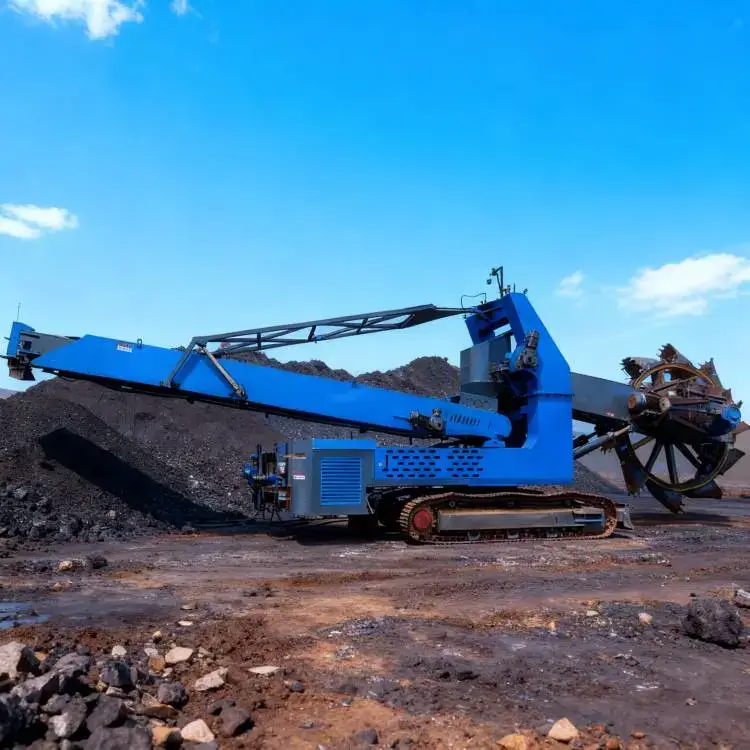
ZOOMRY Bucket Wheel Excavator offers single bucket capacity ...
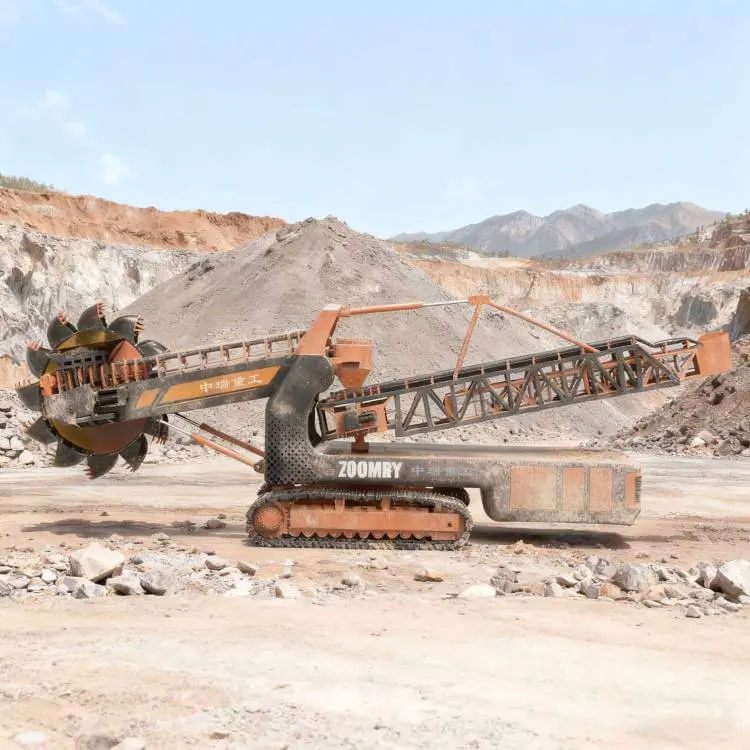
ZOOMRY Mobile Stacker Reclaimer features agile mobility with...
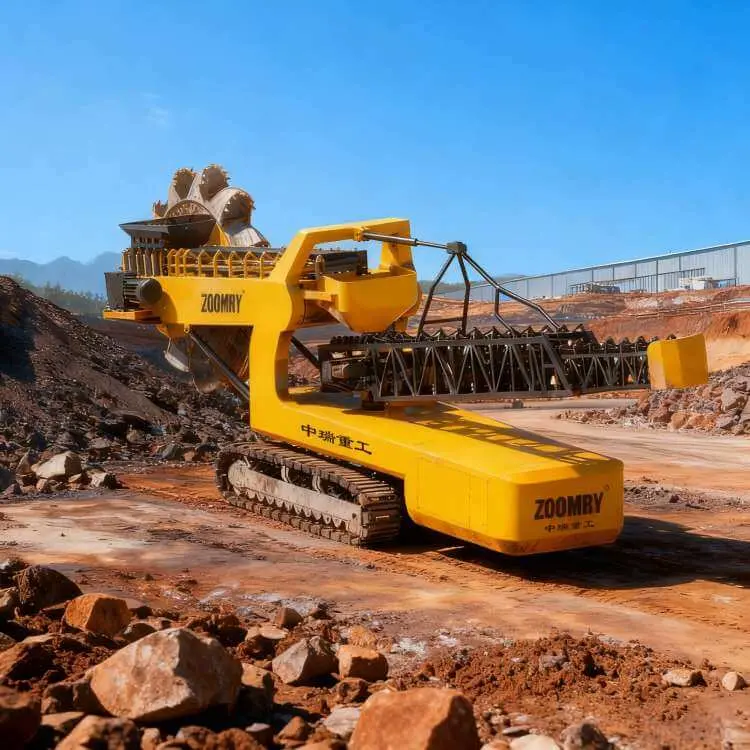
ZOOMRY Tracked Bucket Wheel Reclaimer is powered by hydrauli...
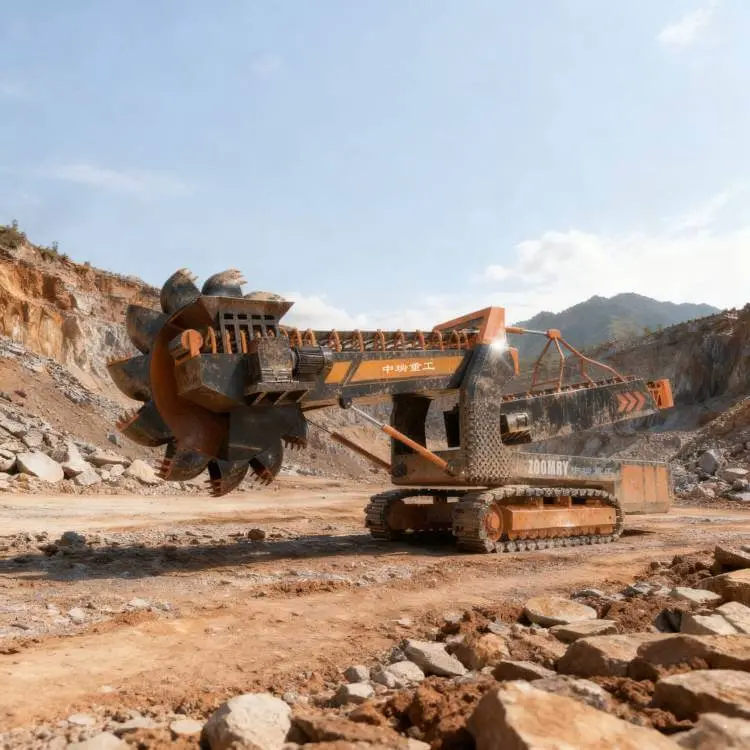
ZOOMRY Bucket Wheel Reclaimer specializes in precise and eff...
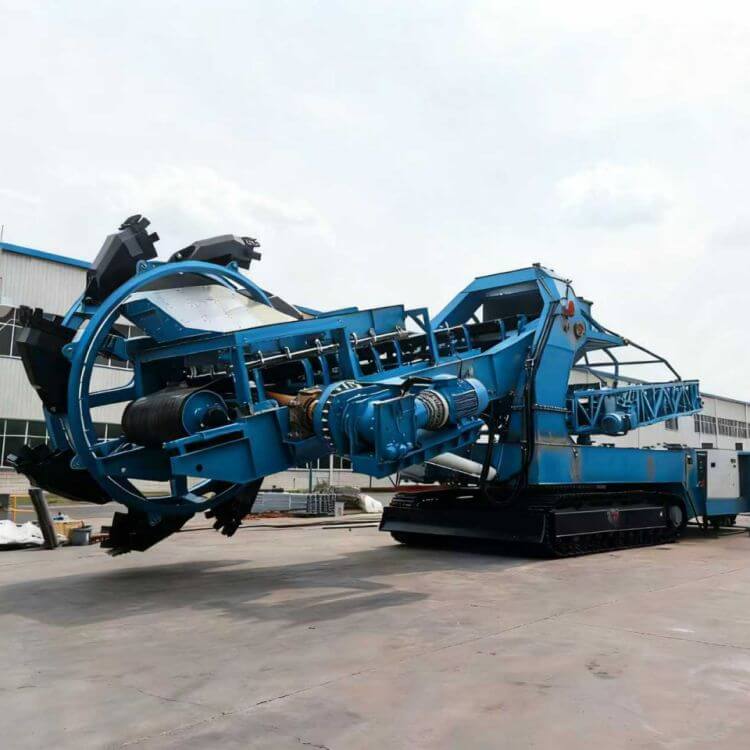
ZOOMRY Bucket Wheel Stacker Reclaimer is tailored for mining...
Copyright © 2002-2024 Zoomry Group Company Limited